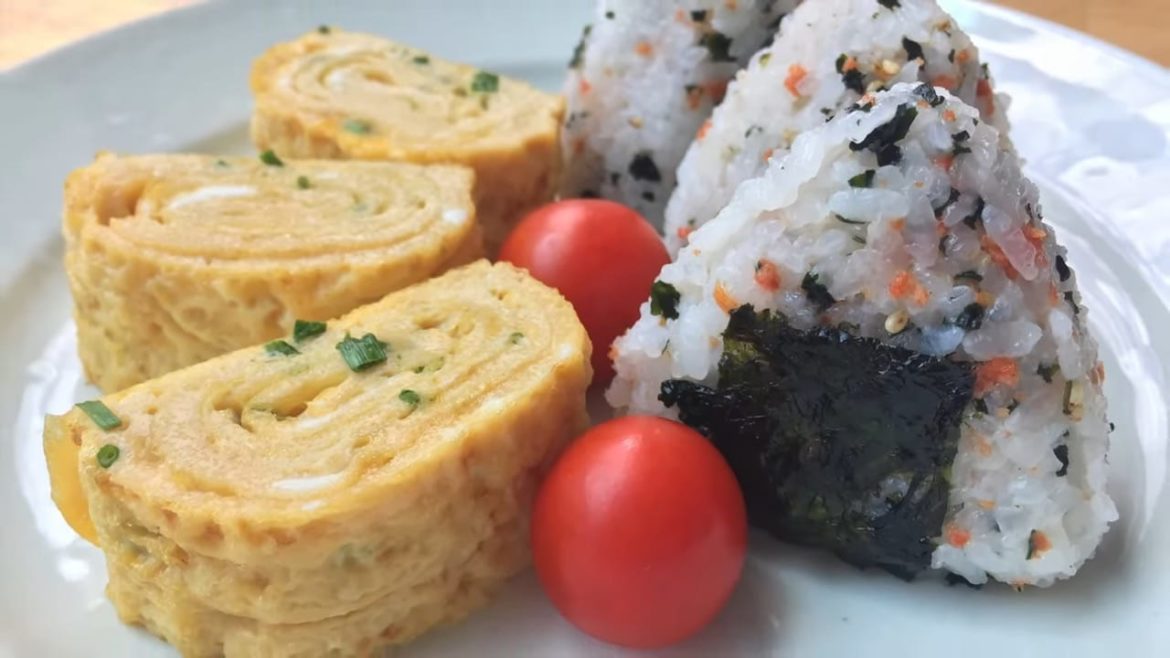
Tamagoyaki & Onigiri
Ingredients
TAMAGOYAKI:
ONIGIRI :
Instructions
TOOLS
- The ONIGIRI MOULDS I use are from Daiso and come in 2 sizes per pack. For bigger onigiri, you can use any other container e.g. a Japanese sandwich mould.
- The TAMAGOYAKI PAN is a simple one I got off eBay for around A$50 (Japanese brand, made in China, but sturdy). A bit expensive for a small pan, but this one is surprisingly quite thick and from experience distributes heat really well. It is optional and you can use a regular round pan, but obviously a rectangular tamagoyaki pan makes things a whole lot easier.
